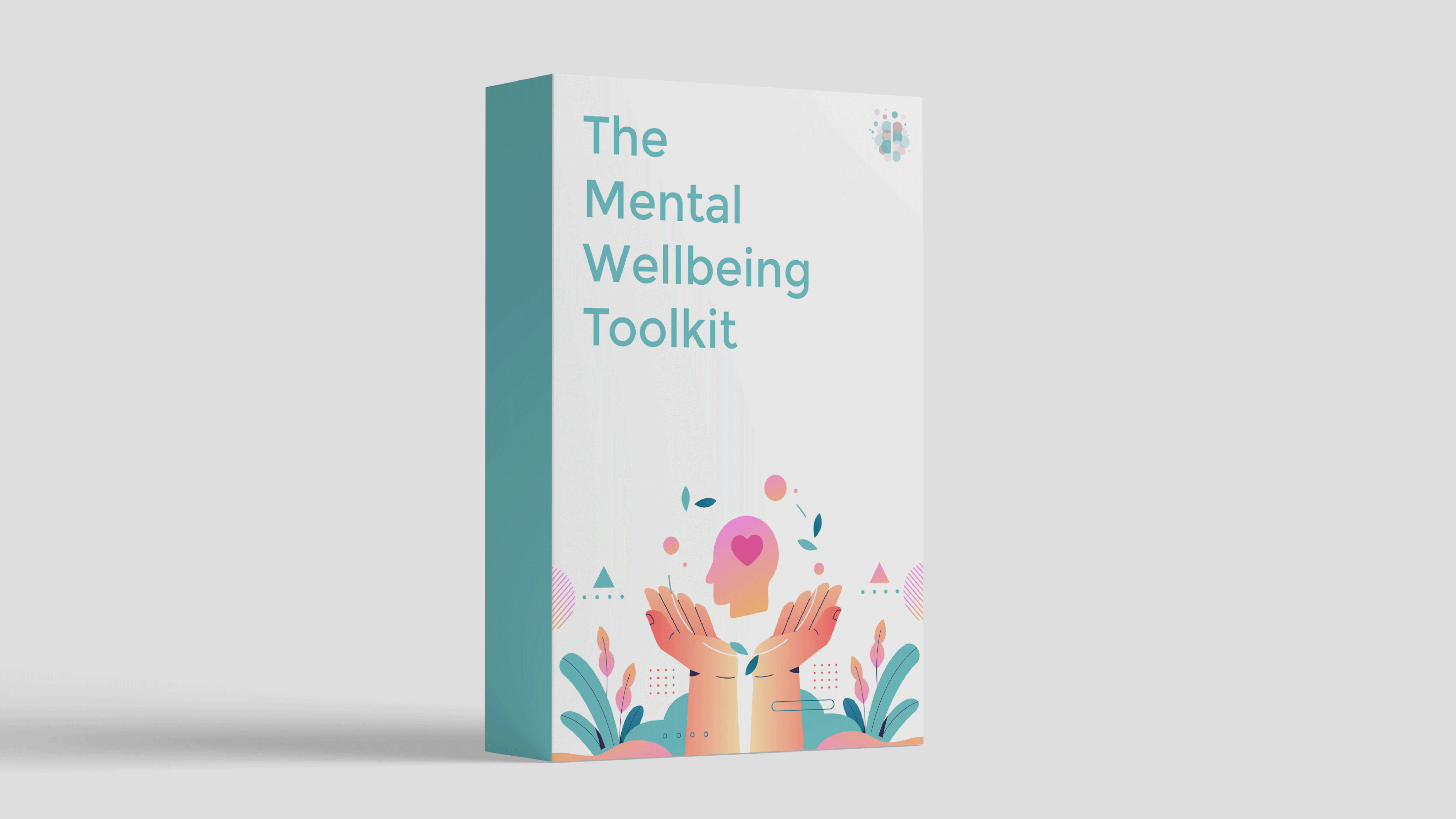Do you or your child live with autism spectrum disorder (ASD)? Maybe you've noticed some challenges with social skills, communication, or repetitive behaviours. Daily life can feel overwhelming at times, but there is help available. The National Disability Insurance Scheme (NDIS) offers financial support specifically for those on the autism spectrum.
This guide will walk you through the steps of applying for NDIS autism funding, helping you access the resources you need to thrive. If you're feeling unsure about the process, don't be discouraged. With this step-by-step guide, you can secure the NDIS funding that will make a real difference in your life or the life of your loved one.
1. Check Your Eligibility for NDIS Funding
Before diving in, it's important to confirm you meet the NDIS eligibility criteria. You must be:
- An Australian citizen or permanent resident
- Aged between 7 and 65 years old
- Have a permanent disability that significantly affects your daily life
NDIS funding eligibility for autism isn't determined by the diagnosis itself – it’s the impact it has on your ability to manage everyday activities. For instance, does your autism diagnosis lead to developmental delays or mental disorders that affect your communication, social interaction, or fine motor skills?
2. Gather Documents for Your NDIS Application
The more information you provide, the smoother the NDIS funding application process will be. Here's what you'll likely need:
- Proof of identity (birth certificate, passport)
- Medicare card
- Medical reports and diagnoses related to your ASD
- Any therapy reports or assessments you have, such as speech therapy or occupational therapy reports
If you haven't received a formal autism diagnosis yet but suspect you or your child may be on the spectrum, consider seeking an evaluation from a qualified healthcare professional. Early intervention is crucial for maximising the benefits of NDIS support.
3. Contact the National Disability Insurance Agency (NDIA)
The NDIA is the Australian government body that manages the NDIS. You can contact them for assistance with your NDIS application through several channels:
- Calling their hotline: 1800 800 110
- Visiting their website: National Disability Insurance Scheme
They'll ask you some initial questions and guide you through the next steps for securing NDIS funding.
4. Make an Access Request to Initiate Your NDIS Application
This is the formal start of your application for NDIS funding. The NDIA will provide you with an Access Request form. Fill it out carefully, detailing your autism diagnosis and how it affects your daily life.
5. Get Support from Professionals for Your NDIS Application
The NDIA might ask for additional evidence from medical professionals who know you well. This could include reports from:
- Your doctor (GP)
- A psychologist or psychiatrist
- A therapist (occupational therapist, speech therapist)
- Ask your healthcare providers for their support in completing any necessary paperwork for your NDIS application
6. Attend a Planning Meeting to Discuss Your NDIS Funding Needs
Once your application is processed, the NDIA will schedule a planning meeting with you. This is your chance to discuss your goals and aspirations related to autism support.
7. Develop Your Personalised NDIS Plan
Based on your planning meeting and supporting documents, the NDIA will develop a personalised NDIS plan. This plan outlines your goals, the specific autism support services you'll receive, and your NDIS funding budget.
8. Choose Your NDIS Providers to Deliver Your Autism Support
Your NDIS plan will allow you to choose registered NDIS providers to deliver your support services. These providers can offer a variety of services, including therapy, assistance with daily living tasks, or support workers.
9. Manage Your NDIS Funding Effectively
You have several options for managing your NDIS funding. You can choose to be a self-manager, plan manager, or use a combination of both.
10. Review and Update Your NDIS Plan to Reflect Your Needs
Your NDIS plan is a living document. Life changes, and your needs may change, too. Maybe you've mastered a skill you once struggled with, or perhaps a new challenge has arisen.
NDIS plan reviews are your chance to update your plan to reflect your current needs and goals. This ensures you continue to receive the most relevant and effective support possible on your autism journey.
Final Thoughts
The NDIS application process can seem daunting, but with careful planning and organisation, you can navigate it successfully. Remember, there are support services available to help you along the way. By securing NDIS autism funding, you can access the support you need to live a fulfilling and independent life.


